
by Editor | Aug 26, 2024 | News
After a successful debut in 2023, Power Of Women (POW) has partnered with G20 Social, W20, and Civil 20 in 2024 to broaden social participation in the G20 forum, with an eye on the role of women and their allies. This year, the 2nd Digital Power Of Women (DPOW) Conference, hosted November 17-18, invites women and girls globally to advocate for public policies in G20 states, focusing on areas such as environmental protection, peace, conflict resolution, digital space, technology access, economic development, and entrepreneurship. DPOW 2024 will emphasize the critical role of female leadership in building a just world and a sustainable planet.
Prominent Women Leaders at BGF include World Leader for Peace and Security Award recipients: Spiritual Leader Amma, Commissioner Ursula von der Leyen, President Vaira Vike-Freiberga, and World Leader in AIWS Award Recipients: Professor Alondra Nelson and Minister Sanae Takaichi. They have played significant roles in fostering a better world and developing AI World Society.
In this partnership, both sides bring their own networks and orbits to mutually benefit both organizations in visibility and impact. BGF contributes its intellectual resources, human capital, and a special report to the partnership. POW brings its knowledge base, and shares its strategic vision in building toward future G20 summits for long-term collaboration.
This collaboration aims to expand the influence of women in global decision-making, particularly in the Age of AI, and support initiatives that align with the values of the AI World Society.

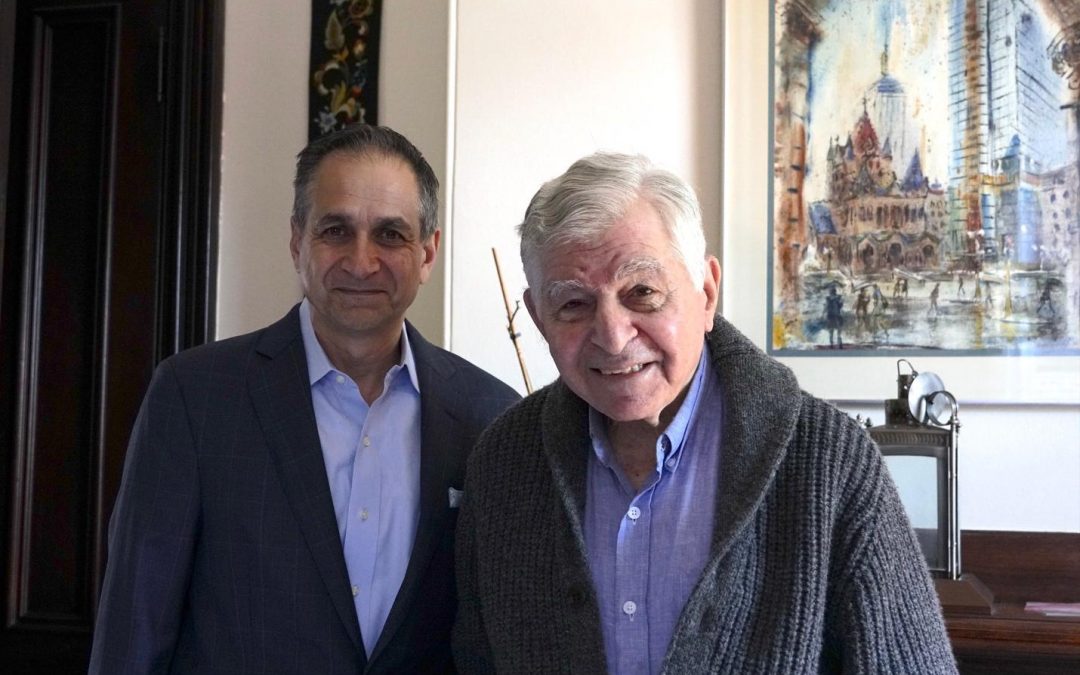
by Editor | Aug 26, 2024 | Global Alliance for Digital Governance
On Friday August 23rd, Boston Global Forum Chairman Michael Dukakis joined the EY Better Innovation Podcast to reflect on his distinguished career and his enduring commitment to innovation. Better Innovation, now in its 7th season, is hosted by Jeffrey Saviano, Boston Global Forum Executive Board member and AIWS Ethics Leader.
During the interview, Governor Dukakis shared his vision behind the Massachusetts Miracle, a transformative period in the 1980s that positioned Massachusetts as a thriving hub for technology and economic growth. Under his leadership, Massachusetts emerged from economic challenges to become a powerhouse in the computer, defense, and biotechnology industries. His administration’s forward-thinking policies fostered an environment where high-tech companies could flourish, creating jobs and setting a model of success for other states to follow.
Governor Dukakis also highlighted his unwavering advocacy for public transportation, which led to the expansion of the Massachusetts Bay Transportation Authority (MBTA). His efforts included the development of new subway lines and significant improvements to existing services, greatly enhancing public transit in the Boston area. Despite the fiscal challenges posed by Proposition 2 ½, which severely limited state revenue, his administration achieved numerous successes in maintaining and improving essential public services.
With the U.S. presidential election just 73 days away, Governor Dukakis reflected on his 1988 presidential campaign, offering insightful advice to Vice President Harris, drawing from his own experiences – from one presidential candidate to another!
The podcast concluded with a discussion about Governor Dukakis’s ongoing contributions to public policy as a professor at Northeastern University and as Chair of the Boston Global Forum, where he continues to influence the discourse on key global issues.
This episode was a remarkable opportunity to glean valuable lessons from the Governor’s exemplary public service career. A special thank you to Jeffrey Saviano for hosting such an engaging conversation with Governor Dukakis.
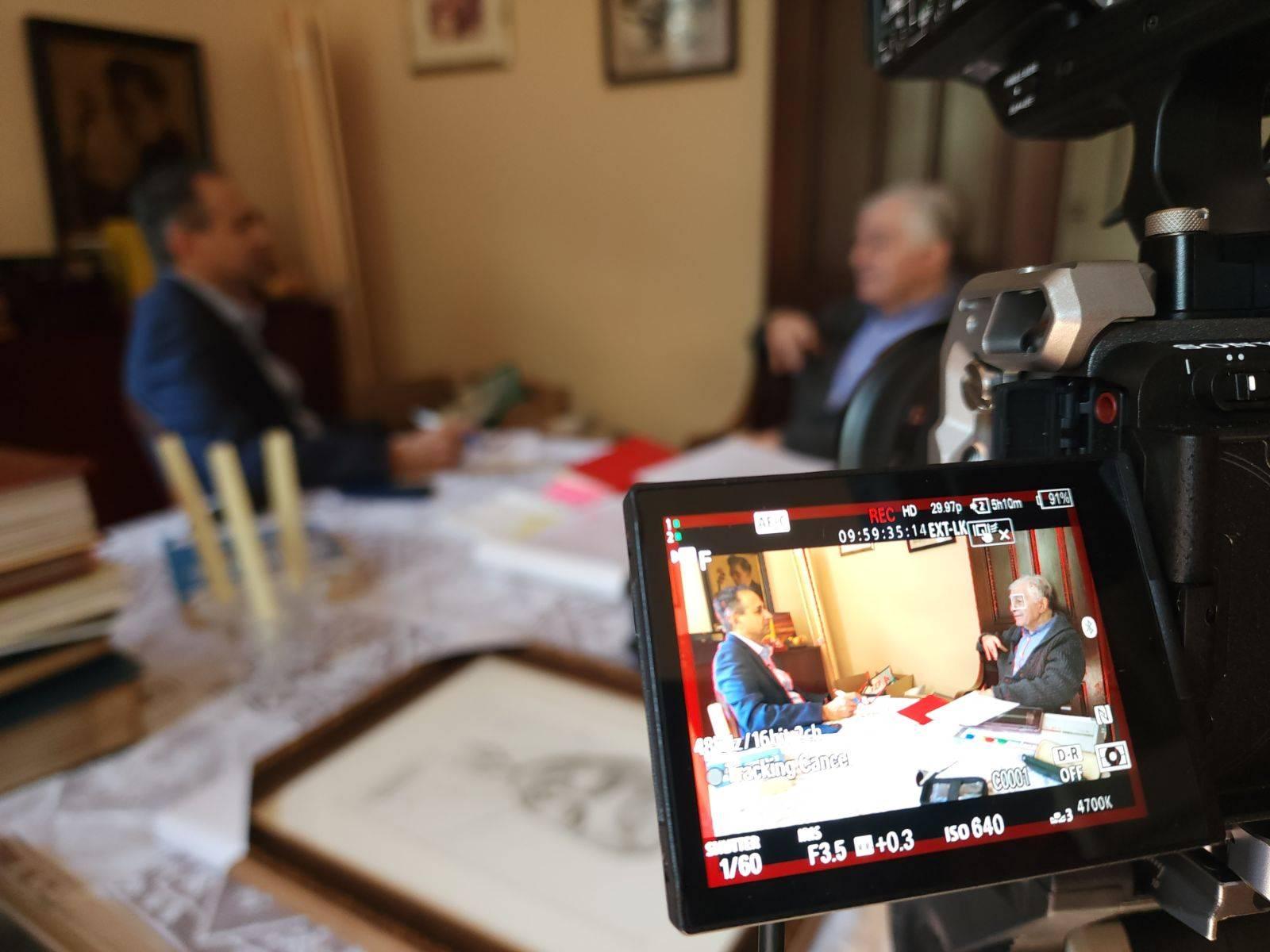


by Editor | Aug 26, 2024 | News
This is an excerpt of the article originally published in the AP.
Ukrainian President Volodymyr Zelenskyy made his first visit Thursday to the border area where his forces launched their surprise offensive into Russia, saying that Kyiv’s military had taken control of another Russian village and captured more prisoners of war.
While in Ukraine’s northern Sumy region, Zelenskyy said the new POWs from the Russian region of Kursk would help build an “exchange fund” to swap for captured Ukrainians.
“Another settlement in the Kursk region is now under Ukrainian control, and we have replenished the exchange fund,” Zelenskyy wrote on the social media platform X after hearing a report from his country’s top military commander, Col. Gen. Oleksandr Syrskyi.
Zelenskyy did not name the newly captured village and did not cross over into Russia, which would been regarded by Moscow as a provocation. He previously has said that Ukraine has no plans to occupy the area long term but wants to create a buffer zone to prevent further attacks from that area into Ukraine.
Zelenskyy said the Kursk operation launched Aug. 6 has reduced Russian shelling and civilian casualties in the Sumy region.
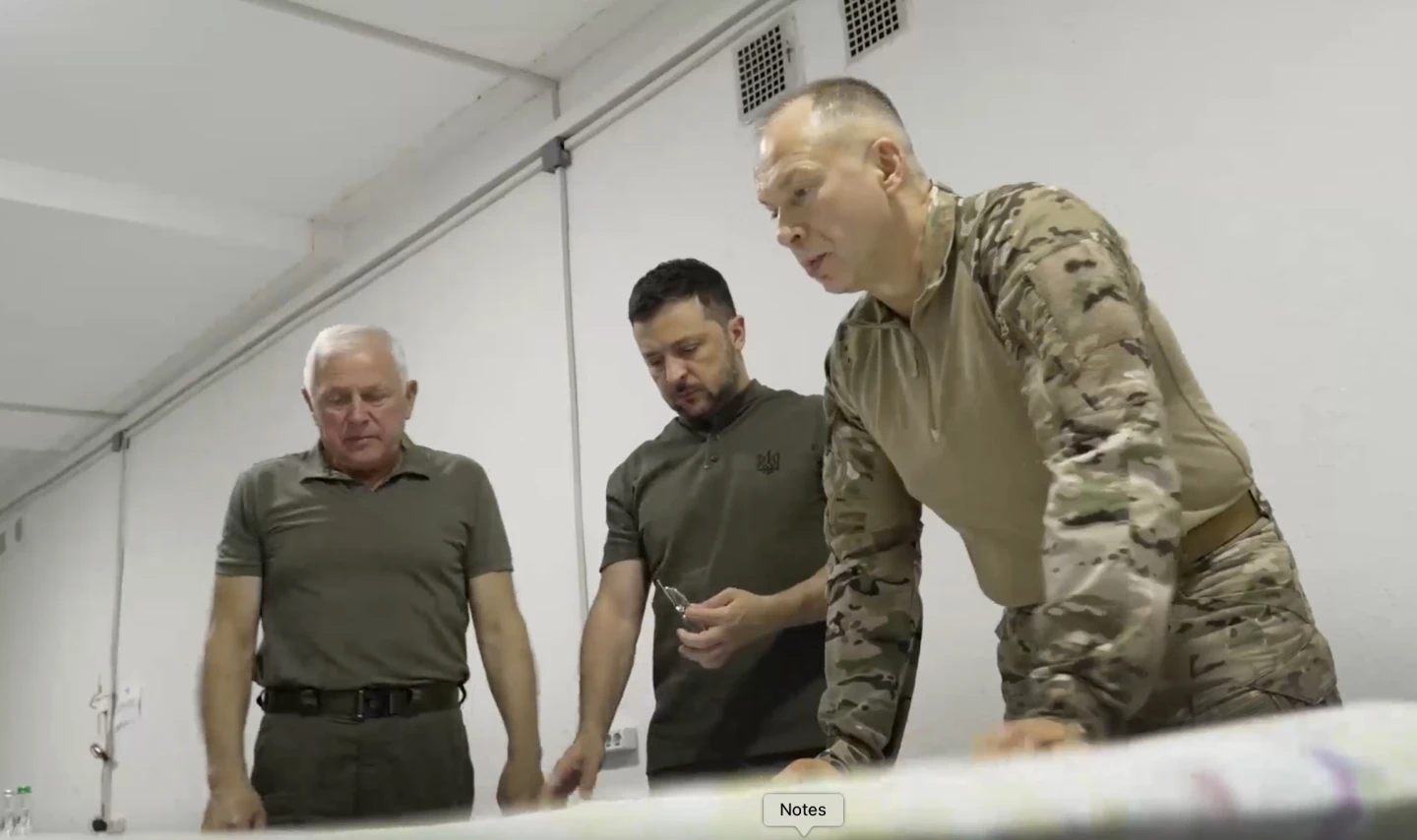
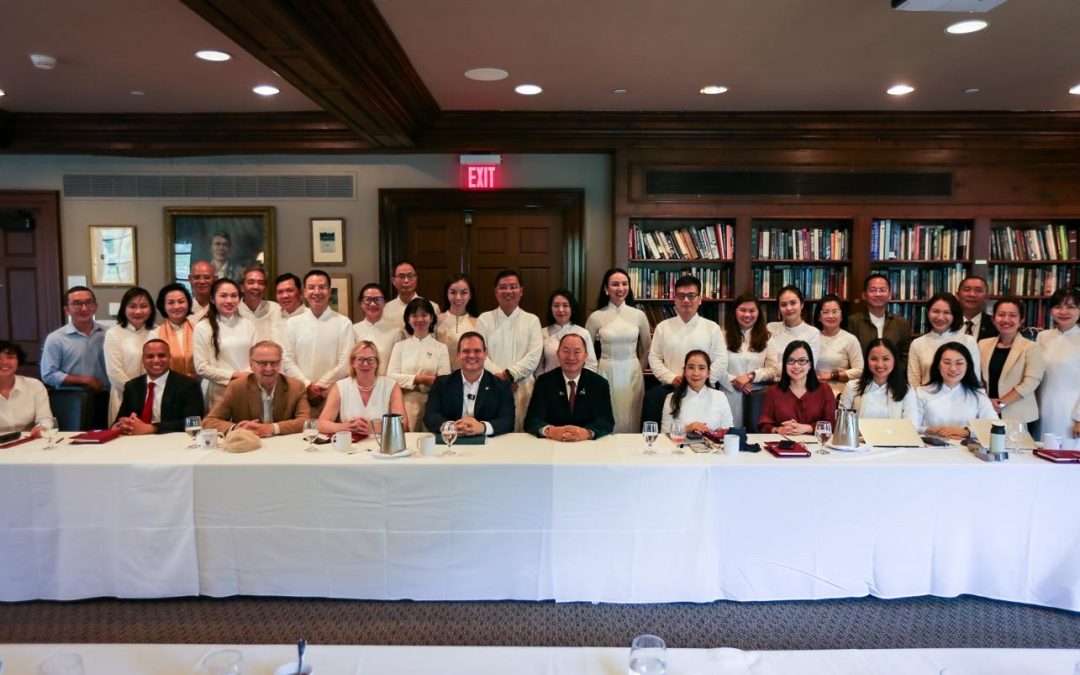
by Editor | Aug 26, 2024 | News
The AIWS Leadership Program, held from August 18-22, 2024, at Harvard University Faculty Club, was a resounding success under the guidance of Harvard Professor Thomas Patterson, Co-Founder and Research Director of Boston Global Forum (BGF) and Michael Dukakis Institute. The program empowered young leaders to dedicate themselves to building an AI World Society (AIWS) and contributing to the Indo-Pacific Spark Initiative for Peace and Security.
Participants had the honor of visiting Governor Michael Dukakis, Co-founder and Chair of BGF, at his home. Governor Dukakis inspired the young leaders to contribute to a humanity-centered, innovative, and prosperous world with AI, based on the concepts of AIWS. The young leaders expressed deep admiration, respect, and appreciation for Governor Dukakis’s lifetime dedication and historical achievements in public service.
The graduates of the AIWS Leadership Program are now committed to fostering AI-driven advancements for global peace and security, as envisioned by the Indo-Pacific Spark Initiative.

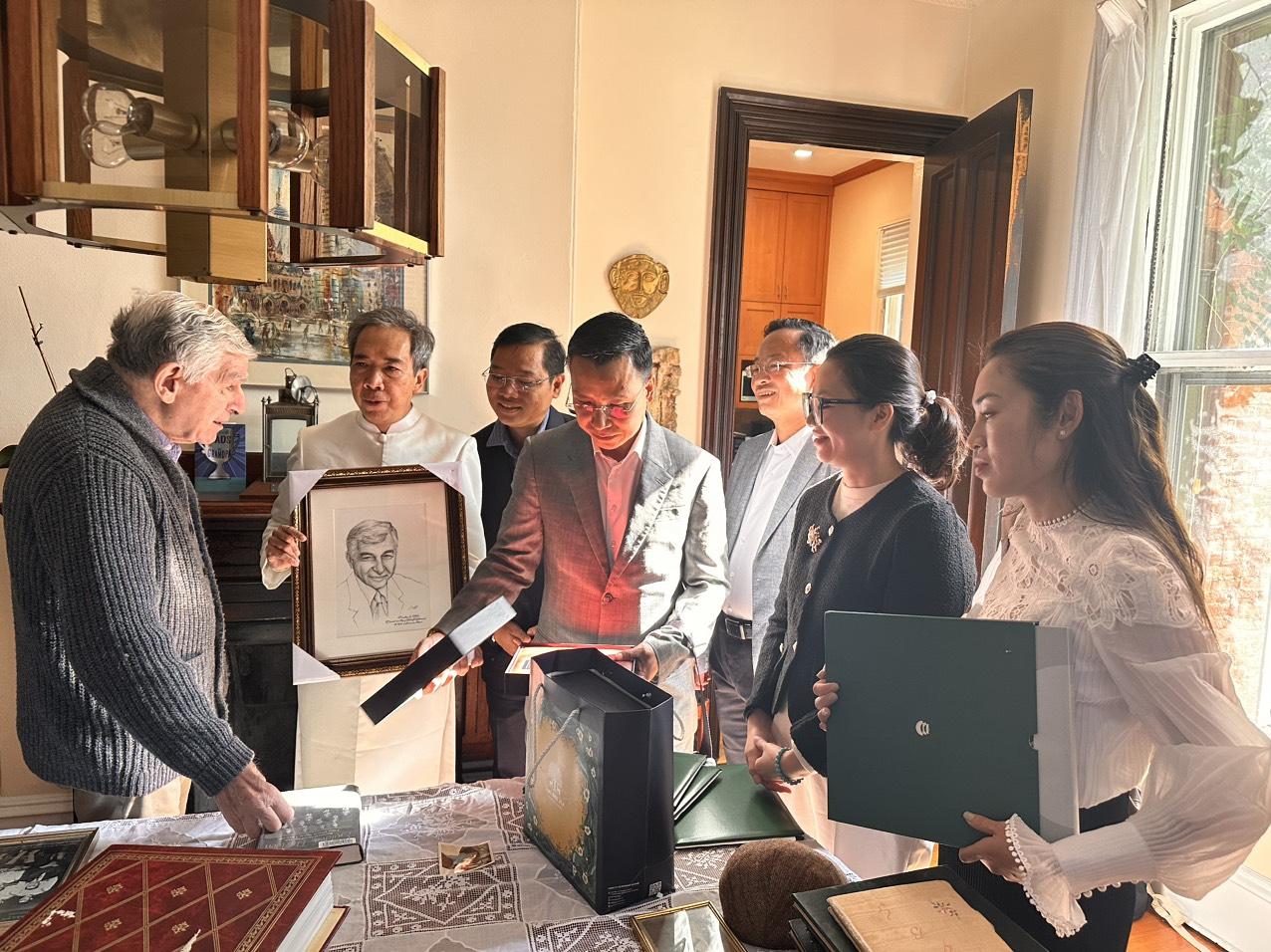

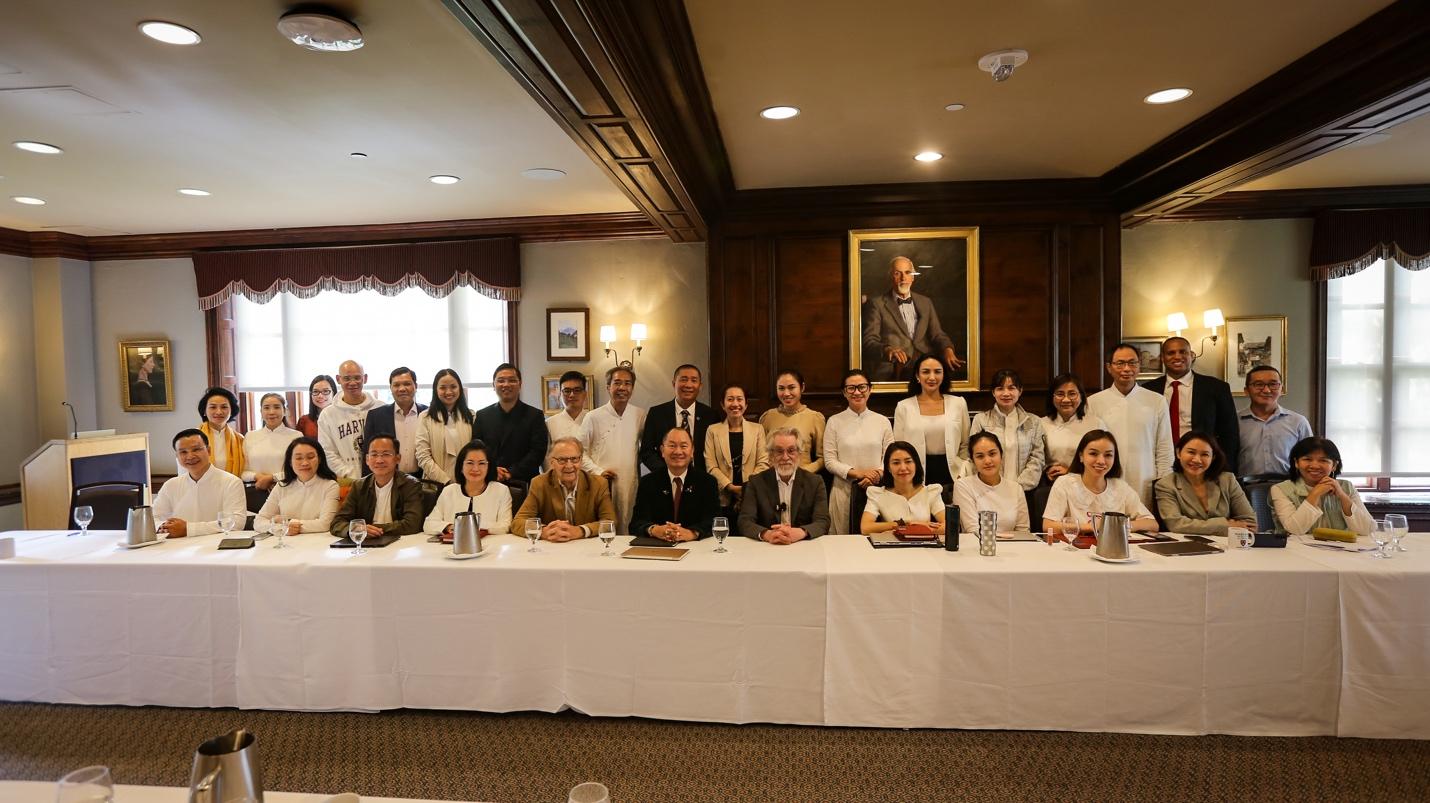
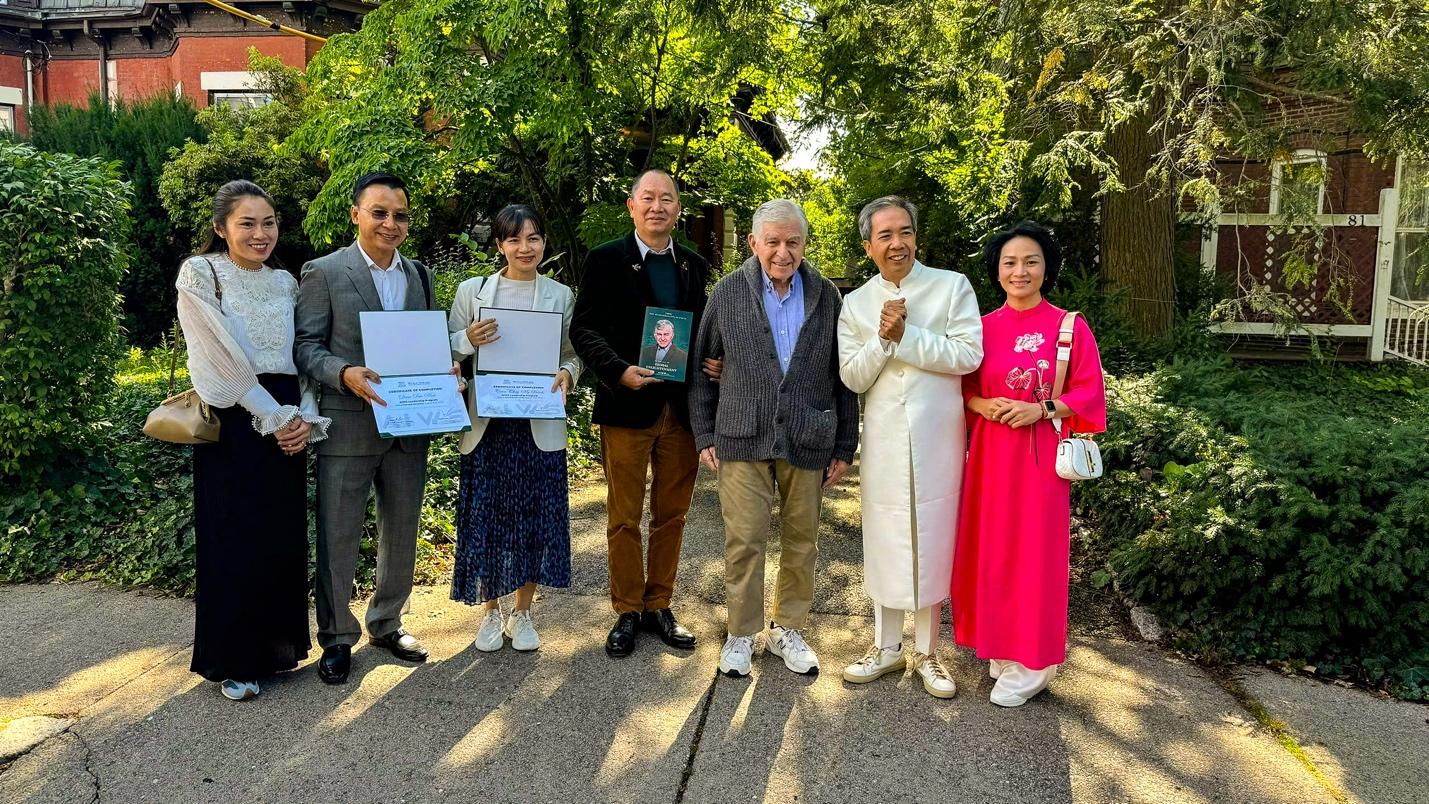
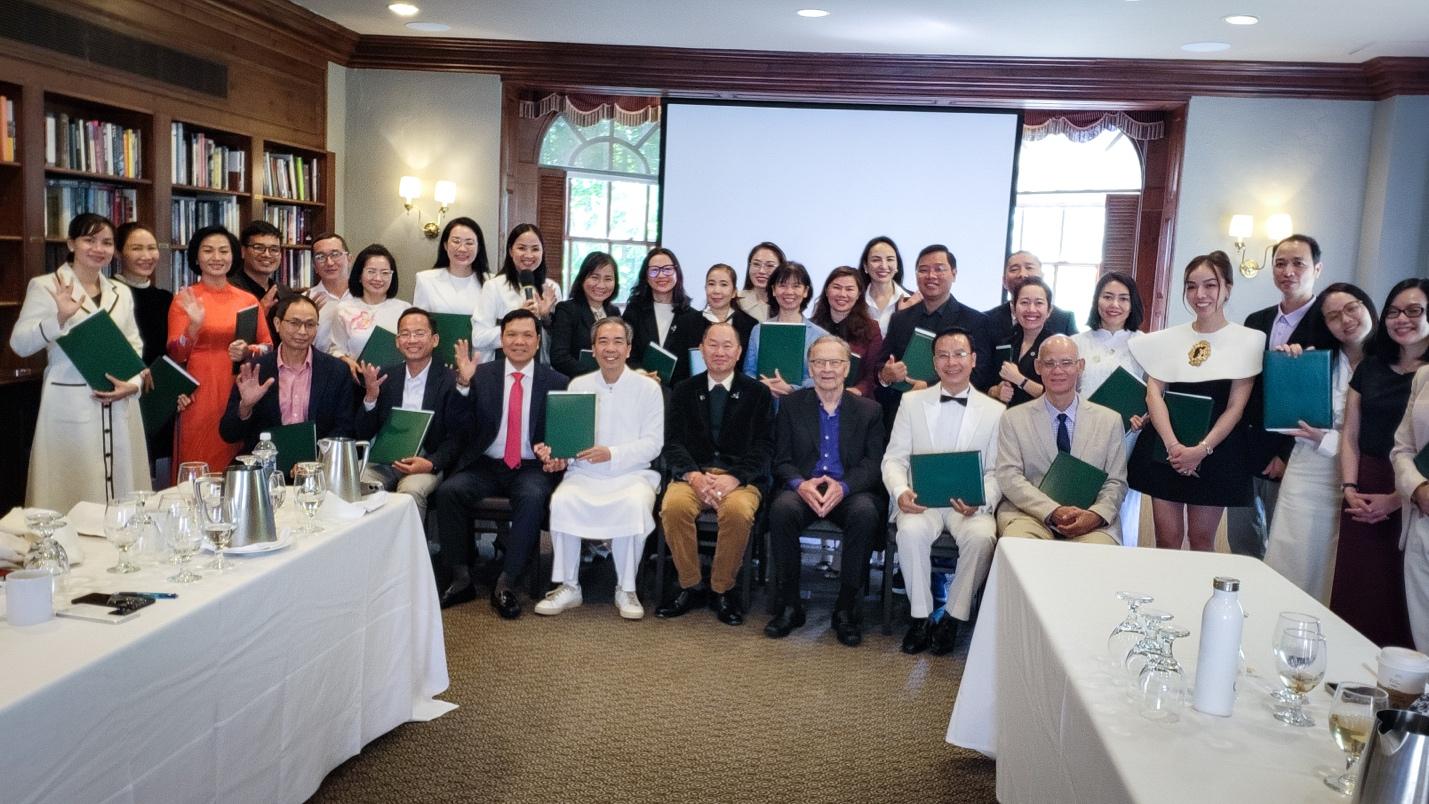

by Editor | Aug 19, 2024 | News
In lieu of a full analysis article, here are some interesting issues and topics in the Four Pillars space in the past week, some articles are long-form, some just news worth keeping an eye on:

Minh Nguyen is the Chief Editor of the Boston Global Forum and a Shinzo Abe Initiative Fellow. She writes the Four Pillars column in the BGF Weekly newsletter.
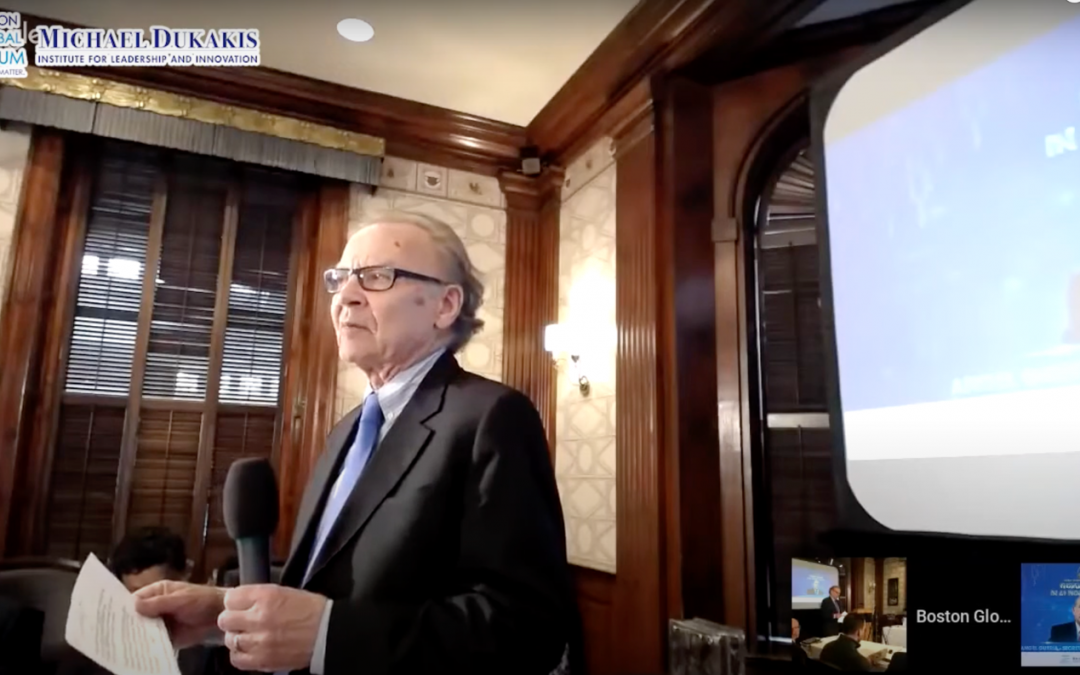
by Editor | Aug 19, 2024 | Event Updates, News
The AIWS Leadership Program August 2024 will take place at Harvard University Faculty Club, August 18-22, 2024, led by Harvard professor Thomas Patterson, Co-Founder and Research Director of Boston Global Forum and Michael Dukakis Institute.
Other speakers include BGF CEO and Co-Founder Nguyen Anh Tuan; Harvard professors Mark Esposito and Sharad Goel; MIT professor Alex “Sandy” Pentland, BGF Board Member; Jeevan Ramapriya, Executive Director, Massachusetts Office of International Trade and Investment; Emilian Papadopoulos, President, Good Harbor.
This program entails the following themes and topics:
- Communication & Persuasion in the AI Age
- Building Advocacy in Times of Thinking Machines
- AI for Companies
- Building Global Brand Names in the AI Age
- Global Trade Opportunities – the Case of Massachusetts
- The Science and Implications of Generative AI
- Cyber Security: Emerging Risks and What to Do About Them

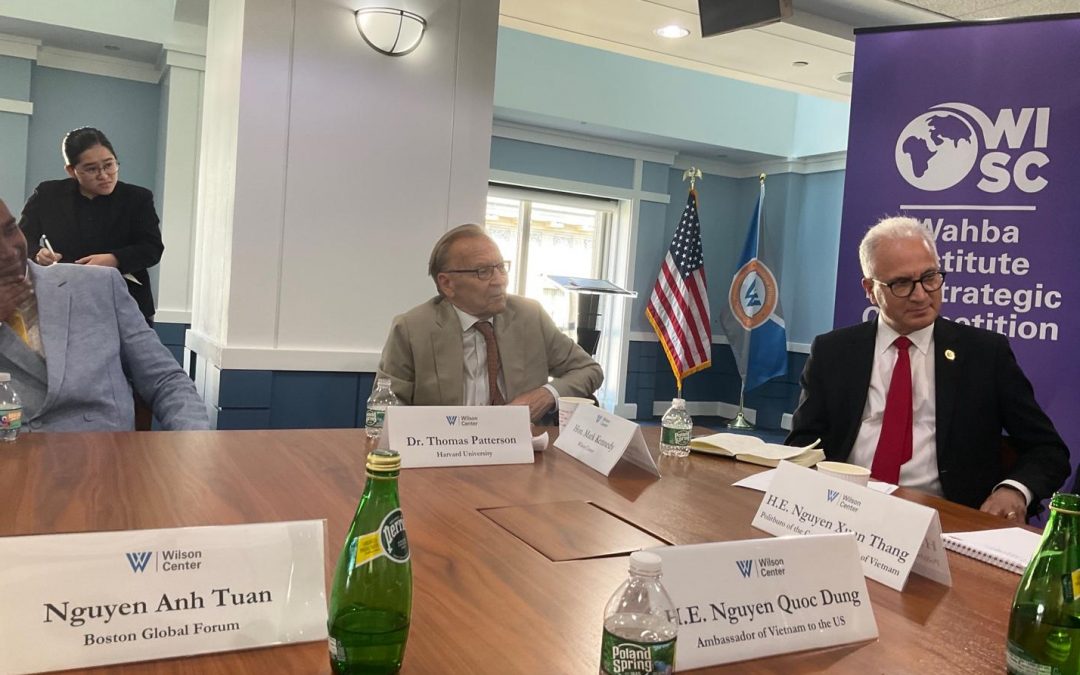
by Editor | Aug 19, 2024 | Global Alliance for Digital Governance
More than ever, there is a need for collective global action to ensure that AI benefits humanity. While many are deliberating about smaller-scale AI policies or issues, BGF is developing the Knowledge Platform for AI, which is built on the foundational concepts of the Social Contract for the AI Age and AI World Society. This platform will serve as the basis for Boston Areti AI, an AI virtue assistant designed to assist leaders in making ethical and effective decisions across various sectors, including politics, economy, public policy, and social governance.
BAI is not just an AI tool; it represents a significant practical application of AIWS principles, aiming to create a moral and ethical framework that guides AI development and usage. BAI is a critical component of the Indo-Pacific Spark Initiative, which explores a potential robust network in the Indo-Pacific region, independent from authoritarian actors like China and Russia, with a focus on innovation, peace, security and ethical AI integration.
The Indo-Pacific Spark Initiative, in collaboration with the Wilson Center’s Wahba Institute for Strategic Competition, aims to explore collaboration across the US, Japan, India, Vietnam, and the broader Indo-Pacific region. By leveraging BAI, this initiative can help foster collaboration, innovation, and ethical AI practices among like-minded countries, thereby setting a standard for global AI governance.
The BGF and I ask that anyone with a stake in the future of AI join this groundbreaking project. The collaboration and participation of various stakeholders will be crucial in ensuring that BAI and the Indo-Pacific Spark Initiative achieve their goals of promoting peace, security innovation, and prosperity in the AI Age.
Nguyen Anh Tuan, BGF CEO
For more information or to get involved, please contact Tuan at [email protected].


by Editor | Aug 19, 2024 | News
The “Free and Open Indo-Pacific” concept, envisioned and advocated by the late Prime Minister Abe Shinzo, remains one of the most critical strategic frameworks in geopolitics today. This year marks the 70th anniversary of Mr. Abe Shinzo’s birth, and the Friends of Abe Shinzo Association in Taiwan will host a memorial event and a book launch of “Memoirs of Abe Shinzo” on September 20. This occasion Friends of Abe Shinzo Association in Taiwan will honor Mr. Abe’s contributions to the friendship between Taiwan and Japan, and his influence on regional peace.
Nguyen Anh Tuan, BGF CEO and co-founder of Shinzo Abe Initiative, will attend this event.
Venue: Taipei Grand Hotel, Zhongshan District, Taipei, Taiwan
Time: 18:00 – 21:00, September 20, 2024



by Editor | Aug 19, 2024 | News
Alondra Nelson, the Harold F. Linder Professor at the Institute for Advanced Study and the 2024 World Leader in AIWS Award Recipient, spoke at the Black Women & Allies in Tech for Harris Zoom call on August 18, 2024. Dr. Nelson had served as Deputy Assistant to President Joe Biden and Acting Director of the White House Office of Science and Technology Policy. She shared: “I am excited to be a speaker as we Black Women and Allies in Tech 4 Harris champion Kamala Harris’ historic candidacy to be our next President.”



























